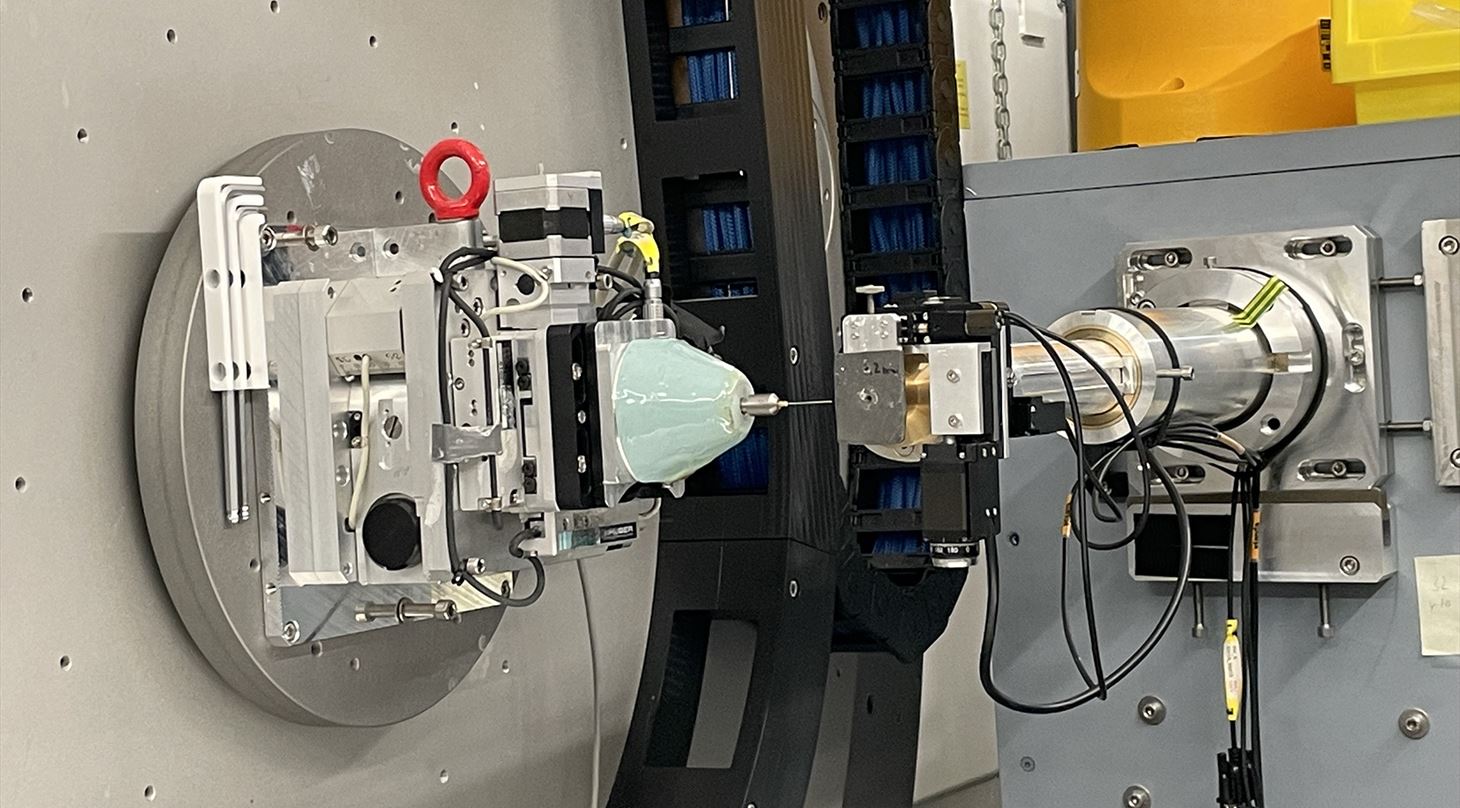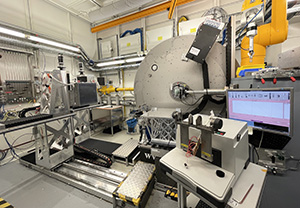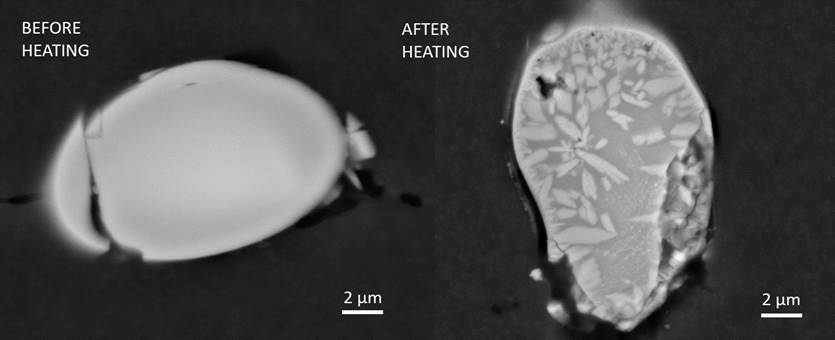
Examining structure properties of heat-treated stone wool insulating material for ROCKWOOL
ROCKWOOL is a leading provider of fire resilient stone wool insulation for both residential and non-residential buildings. In areas of urban development, people are increasingly working and living in high-rise buildings. These structures are an effective solution to the challenge of safely housing and growing population.

Today, we see that building fires develop five to ten times faster than 50 years ago, due primarily to increased use of plastics and other synthetic materials. To prevent that, ROCKWOOL has developed stone wool insulation solutions that can resist temperatures up to 1,000ºC (1,800ºF) and work effectively to help contain the fire and prevent its spread. At the same time, stone wool does not contribute to the emission of significant quantities of toxic smoke. But to find out how it actually performs during heat treatment, a closer characterization was needed.
Performance was measured using two analytical tools
To get the necessary answers, ROCKWOOL benefitted from the fact that the Danish Technological Institute (DTI) and the German synchrotron facility, Deutsches Elektronen-Synchrotron (DESY) have joined forces for on-demand services for the industrial building sector to promote the access to advanced characterization methods when designing new materials.
- The service from the Danish Technological Institute was well planned, on time and the report well detailed. We obtained unique insights for a better understanding of our products behaviours under given conditions, and we look forward to future measurements at large scale research infrastructures, says Denis Okhrimenko, Senior R&D Engineer, Group Development at ROCKWOOL.
In this case, two analytical tools were used to characterize structure-properties of multioxide amorphous stone wool fibres upon heat treatment: Powder X-ray Diffraction at DESY combined with Backscattered Electron Imaging measured at DTI.
The service from the Danish Technological Institute was well planned, on time and the report well detailed. We obtained unique insights for a better understanding of our products behaviours under given conditions, and we look forward to future measurements at large scale research infrastructures
- Denis Okhrimenko, ROCKWOOL
The Backscattered Electron Imaging analytical tool provided insight at microscopic length scales on the structural changes after heat treatment of the stone wool fibres (Fig. 1). The fast and reproducible X-ray powder diffraction measurements coupled to a Pair Distribution Function (PDF) data analysis allowed the characterization of the crystalline and amorphous phases in the material when affected by extrinsic factors such as high temperature and atmospheric oxygen.
Figure 1. Cross-section of multioxide glass fibre visualized with Backscattered Electron Imaging before and after heat treatment of a stone wool fibre.
Basis for further use of synchrotron facilities
The dual characterization yielded unique insights on structural changes of the atomic and micrometre length scales upon heat treatment of stone wool fibres for fire-resilient building insulation and opens the opportunity to use EU synchrotron facilities.
- It was a great experience. I have never performed measurements at large scale research infrastructures and the DTI service was a valuable support for a fast kick-start and advancement of my PhD project between Rockwool and Aarhus University, says Krestine Rasmussen, Industrial PhD student from Aarhus University.